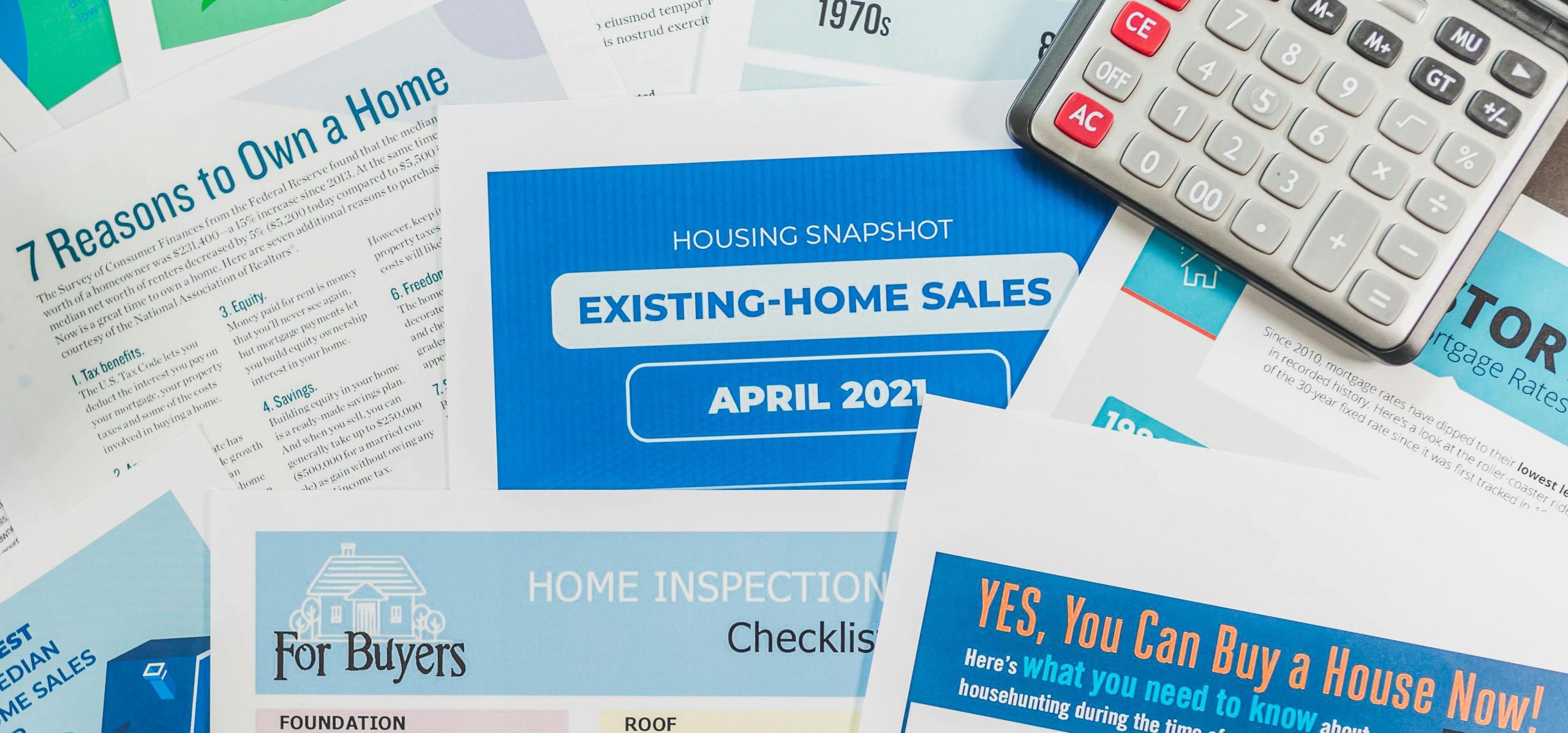-
Definition: Loans not backed by a government agency, typically conforming to Fannie Mae or Freddie Mac guidelines.
-
Key Features:
-
Down payments range from 3% to 20%.
-
PMI required if down payment is less than 20%.
-
Fixed or adjustable rates available.
-
-
Advantages:
-
Flexible terms and no government-specific restrictions.
-
PMI can be canceled once 20% equity is reached.
-
-
Disadvantages:
-
Stricter credit and income requirements than government-backed loans.
-
Higher down payment than FHA/VA/USDA options.
-
-
Best For: Borrowers with strong credit and financial stability.
Conventional loans normally come in two variations:
-
Definition: A mortgage with an interest rate that remains constant throughout the entire loan term.
-
Key Features:
-
Monthly payments (principal and interest) stay the same, providing predictability and stability.
-
Common terms are 15, 20, or 30 years (30-year being the most popular).
-
-
Advantages:
-
Protection against rising interest rates.
-
Easier budgeting due to consistent payments.
-
-
Disadvantages:
-
Higher initial interest rates compared to adjustable-rate mortgages (ARMs).
-
Less flexibility if market rates drop (refinancing would be required to lower the rate).
-
-
Best For: Borrowers who plan to stay in their home long-term and prefer payment certainty.
-
Definition: A mortgage with an interest rate that changes periodically based on a financial index (e.g., SOFR or LIBOR).
-
Key Features:
-
Starts with a fixed-rate introductory period (e.g., 5, 7, or 10 years), then adjusts annually or semi-annually.
-
Rate adjustments are capped (e.g., 2% per adjustment, 5% over the loan’s life).
-
Payments can increase or decrease after the initial period.
-
-
Advantages:
-
Lower initial rates and payments compared to fixed-rate mortgages.
-
Potential savings if interest rates drop over time.
-
-
Disadvantages:
-
Risk of higher payments if rates rise.
-
Uncertainty makes budgeting harder after the fixed period ends.
-
-
Best For: Borrowers who plan to sell or refinance before the adjustable period begins or expect rates to stay


 Facebook
Facebook
 X
X
 Pinterest
Pinterest
 Copy Link
Copy Link
